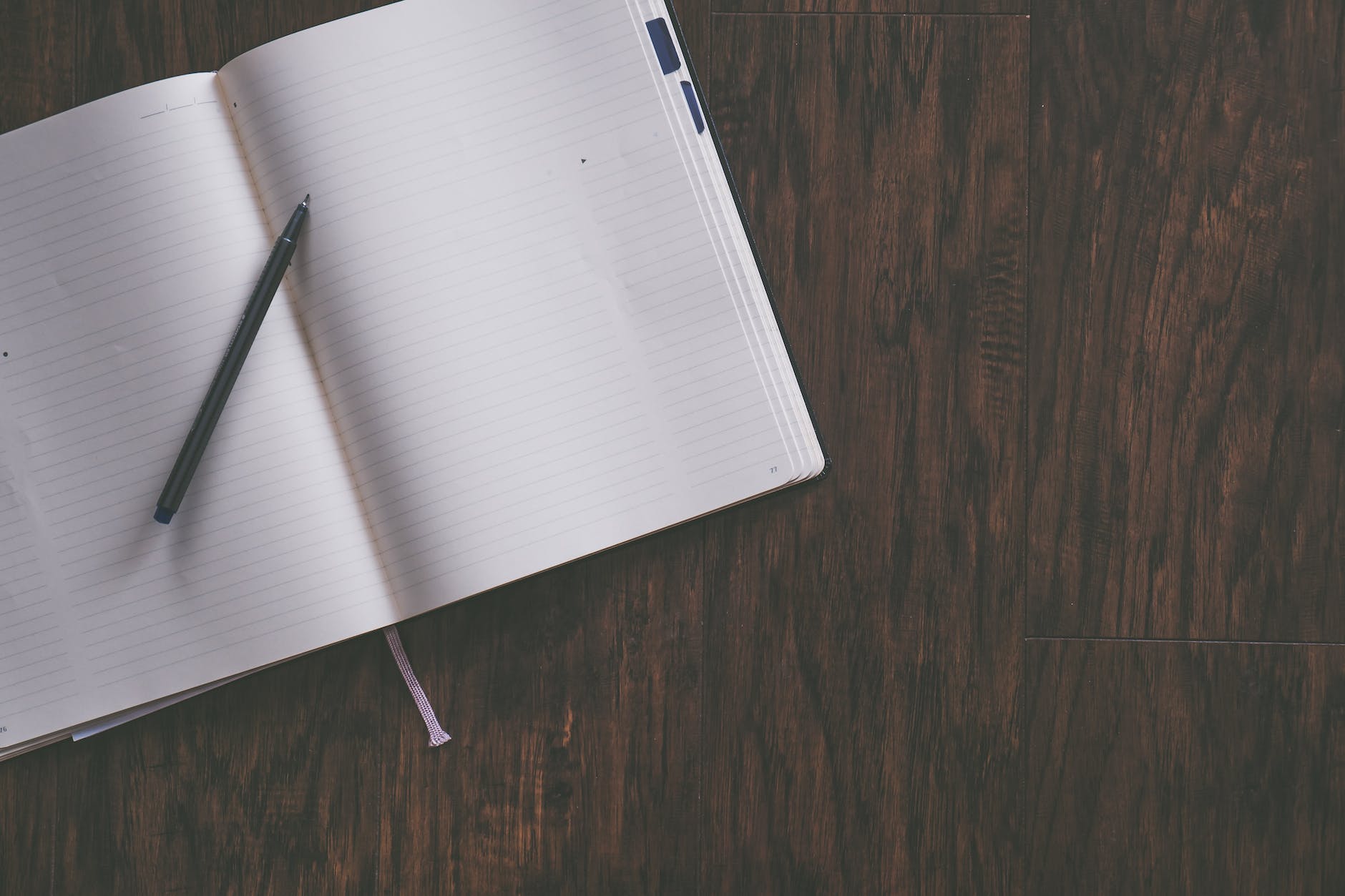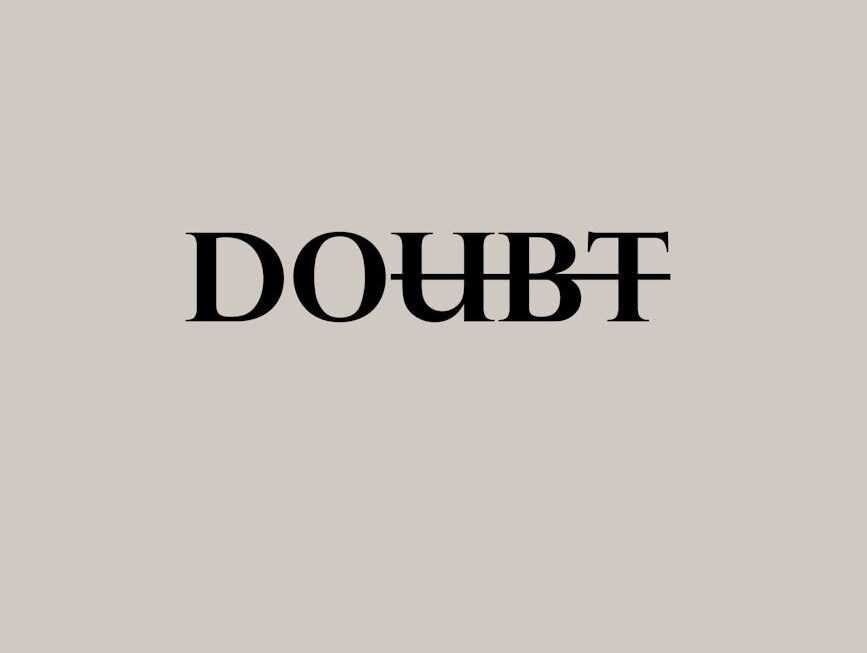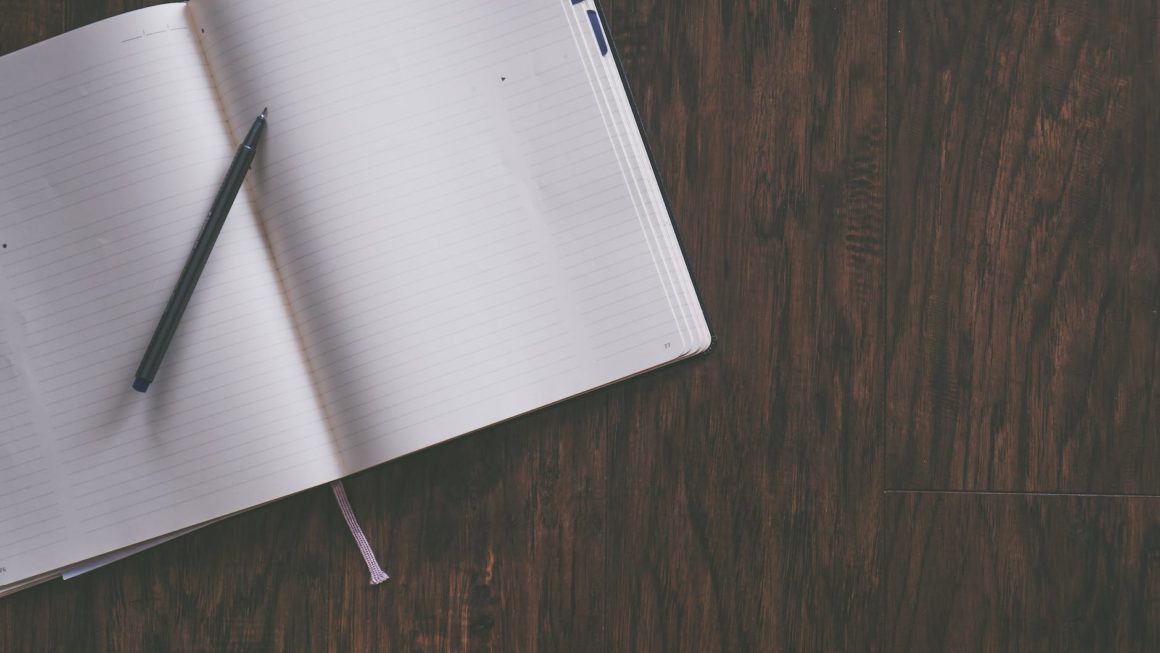Let’s dive into an intriguing quote from Jami Attenberg’s book “I Came All This Way to Meet You: Writing My Way Home.” In one chapter, she muses, “What are our possessions but an extension of our aesthetics?” For a little context, Attenberg is a renowned American fiction writer and essayist. She’s the author of a short story collection, six novels, including the best-seller The Middlesteins.
So, using this quote as a springboard, I’d like to delve into the concept that our possessions are indeed extensions of our aesthetics, reflecting our personal tastes, values, and identities.
To start, let’s define what we mean by “possessions” and “aesthetics.” Possessions can be anything we own—clothes, books, furniture, even our digital content. They play a significant role in our lives, fulfilling practical needs but also shaping our environment and personal space.
Aesthetics is all about our sense of beauty or taste. It’s the style we find appealing, the colors we lean towards, the designs that catch our eye. So, when we talk about possessions being extensions of our aesthetics, we’re suggesting that what we own reflects our personal taste and style.
Think about your own possessions. Do they reflect your personal taste? I’m guessing they do. We’re all curators of our own lives in a way, selecting things that resonate with our aesthetics. It could be as evident as a vintage record collector whose home is adorned with mid-century furniture. Or, it could be as subtle as someone who loves minimalist design choosing sleek, simple items. Our possessions often act as visual representations of our unique style and interests.
But, it’s not just about personal taste; our possessions can also reveal our values and beliefs. The organic food in your pantry speaks to your values towards health and the environment. The handmade quilt on your bed might reflect your appreciation for craftsmanship and tradition. In such ways, our possessions can communicate social, cultural, and even economic aspects of our identity.
Sometimes, we even use our possessions to project a certain image or persona to the world around us. This doesn’t mean such things don’t have meaning to us. But the persona we portray through the possessions we have on display may not even be true to our actual sense of aesthetics. And yet, even if we show off things for the sake of trying to impress others or relay certain ideas, they are also a part of us.
There’s also an emotional dimension to our possessions. We form attachments to things because of the memories they hold or the sentiments they evoke. That worn-out t-shirt from a memorable concert, or the chipped coffee mug from your grandmother’s kitchen, might be priceless to you. These items with sentimental value can significantly shape our aesthetic choices. Surrounding ourselves with such possessions creates a comforting, familiar environment that resonates with our aesthetics.
Our possessions also contribute to constructing our self-identity. They can give us a sense of belonging — like wearing the jersey of your favorite sports team — or emphasize our individuality — like a unique piece of art in your living room. This connection between possessions, aesthetics, and self-expression is a powerful one, as our belongings often reflect who we are and who we aspire to be.
However, it’s worth noting that external factors, like societal norms and trends, can influence our possessions and aesthetics. We’re living in a world saturated with advertising, media, and a consumer culture that often dictates what’s “in” and what’s “out.” So, while our possessions do reflect our personal aesthetics, there’s often a tension between our individual tastes and these external influences.
So, to circle back to Attenberg’s quote, “What are our possessions but an extension of our aesthetics?” I think we can confidently say that, yes, our possessions are indeed a reflection of our aesthetics. They represent our personal tastes, echo our values, narrate our stories, and even shape our identities. Our possessions can also present a duality between our public and private selves, if you really think about what each possession means to you.
Our possessions are a fascinating window into our aesthetics, but they don’t tell the whole story. It’s our actions, experiences, and connections that truly define us. So, the next time you pick something out — be it a book, a shirt, or a coffee mug — consider what it says about you. You might just discover something new about your aesthetics, and maybe even about yourself!
~ Amelia Desertsong




